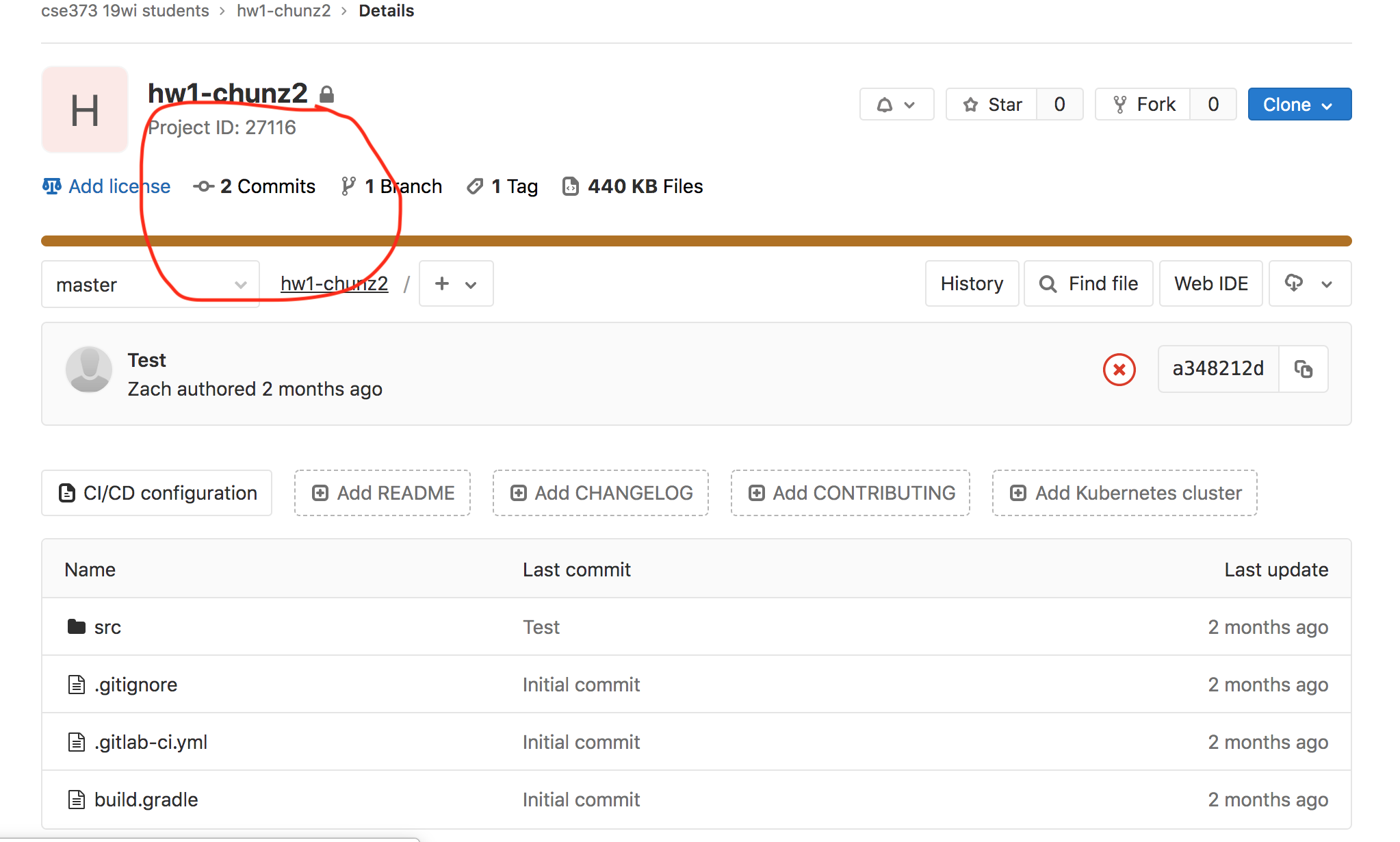

Finding a Git commit when given a checksumĪs an example, a user in the Bucardo project has encountered a problem when running HEAD, but all they know is that they checked it out of sometime in the last four months. You can ask the user for the size, or just a checksum of the file, and then see which repository commits have a matching entry. One of the “main” files in the repository that changes often is your best bet for this. Sometimes you can find the commit you need by looking for a specific version of an important file. # Of course, you may also want to simply create a branch Finding a Git commit by checksum, size, or exact file # We need to get back to our main work now $ git checkout `git rev-list -1 -before= " $DATE " master ` # Give a lightweight tag to the current commit For all of these examples, I am using the public Bucardo repository at git clone git:///bucardo.git I covered this in detail in an earlier post, but the best answer is below. If all you need is to see how the repository looked around a certain point in time, you can use git checkout with git-rev-parse to get it.



File: A specific file’s size, checksum, or even contents.Date: The date they downloaded the files (e.g.There are three classes of clues I have come across, each of which is solved a different way. How you get to the correct set of files (which means finding the proper Git commit) depends on what information you can tease out of the user. Finding the exact set of files the user has is key to being able to duplicate the bug, understand it, and then fix it.
GIT TAG OLD COMMIT SOFTWARE
While normal software versioning resolves this, bug reports often come in from people using the HEAD of a project, and thus the software version number does not help. The common use case for this is when someone is reporting a bug in your project, but they do not know the exact version they are using. If you’re using Warp as your terminal, you can use Warp’s AI Command Search feature to surface the various commands to check history discussed above.When using Git, being able to track down a particular version of a file is an important debugging skill. Use AI to recall these various git commit history commands By default, this tool keeps the record for 90 days and lets you return to old commits not referenced by any branches. Unlike git log, git reflog is a local recording of changes made and tracks commits across every branch. These commits may not show up when calling git log, but you may be able to recover it using git reflog. With Git, it's possible to lose a commit by accidentally using commands like git reset -hard or through Git's garbage collection which removes unreferenced objects from the repository. There may be instances when you use git log but the commit you are searching for is not showing up. git log : shows the commit history of the file pathĪs a developer working at a fast paced startup, I like to use git log -n -oneline to view a summary of the last n commits in one-liners.git log : shows the commit history for the specified branch and any commits shared by it's parent branches.If you have not checked out a branch, this will show you the commit history of the entire repository. git log: shows the commit history for the branch currently checked out.To list commits as a view of a branch's history, you can use the git log command with the branch name. Viewing a git branch’s entire historyĮach branch has a commit history. You can use HEAD~1 to go back an extra commit, HEAD~2 to go back two, etc. The HEAD here refers to the most recent commit within the git history of the project.war. To see the changes made in the last commit without using a hash, you can use the git show HEAD command.


 0 kommentar(er)
0 kommentar(er)
